
We kindly inform you that, as long as the subject affiliation of our 300.000+ articles is in progress, you might get unsufficient or no results on your third level or second level search. In this case, please broaden your search criteria.


In this paper, the author studies influence of the cyberspace of digital games on human identity. Firstly he clarifies the idea of real identity, which originates in the intersection of four dimensions: physical, mental, social and cultural. The real identity, according to the author, is represented by dynamic continuity of changes in all of the dimensions that synthesize in conscience. Identity on social networks is an intermediate stage between real and virtual identity. The author outlines that also photograph, as the so-called real presentation of human, is virtualised to some extent. In the highest degree of virtualisation players are represented by avatars in the cyberspace of digital games because an avatar is constructed by programmed features of the game. Despite this, identification with an avatar in digital games is often very strong because players can realise their ideas and hopes through avatars. Several authors, for example Sh. Turkle, P. J. Eakin and A. Brings note that the cyberspace of digital games brings identity multiplication and that this identity is parallel to the real identity. Virtual identity can shift to real life, therefore it is important to learn to think critically and distinguish various degrees of identity virtualisation in human.
More...
This paper deals with a phenomenon of selfie, its popularity and relation to auto- observation and ego ontogenesis. The aim of this paper is to identify its originality (versus banality) and describe relation of selfie to identity and creativity in digital media space together with excursion into the history of a photograph. It also presents results of empirical excursion into the issue and describes a relationship of selfie to identity and creativity of its creator.
More...
In primo momento la parabola, nella quale Gesù racconta la storia di un amministratore disonesto (Luca 16,1-9) ci lascia un po’ stupiti. Sembra che Gesù lodi l’uomo, che aveva agito disonestamente. Nell’interpretazione tradizionale gli esegeti propongono la soluzione, secondo cui l’accento non viene posto sulla disonestà, ma sulla prudenza e furbizia dell’am ministratore. La soluzione proposta in questa interpretazione prende in considerazione il tema dell’usura. Secondo questa interpretazione l’amministratore priva se stesso dei propri beni per essere accolto a casa dei debitori del suo padrone. In questo caso l’amministratore non agisce in modo disonesto, ma rinuncia al proprio salario. L’interpretazione che tocca il tema dell’usura rimane comunque un’ipotesi, che deve essere ancora rielaborata, perché vi sono ancora, in essa i punti deboli.
More...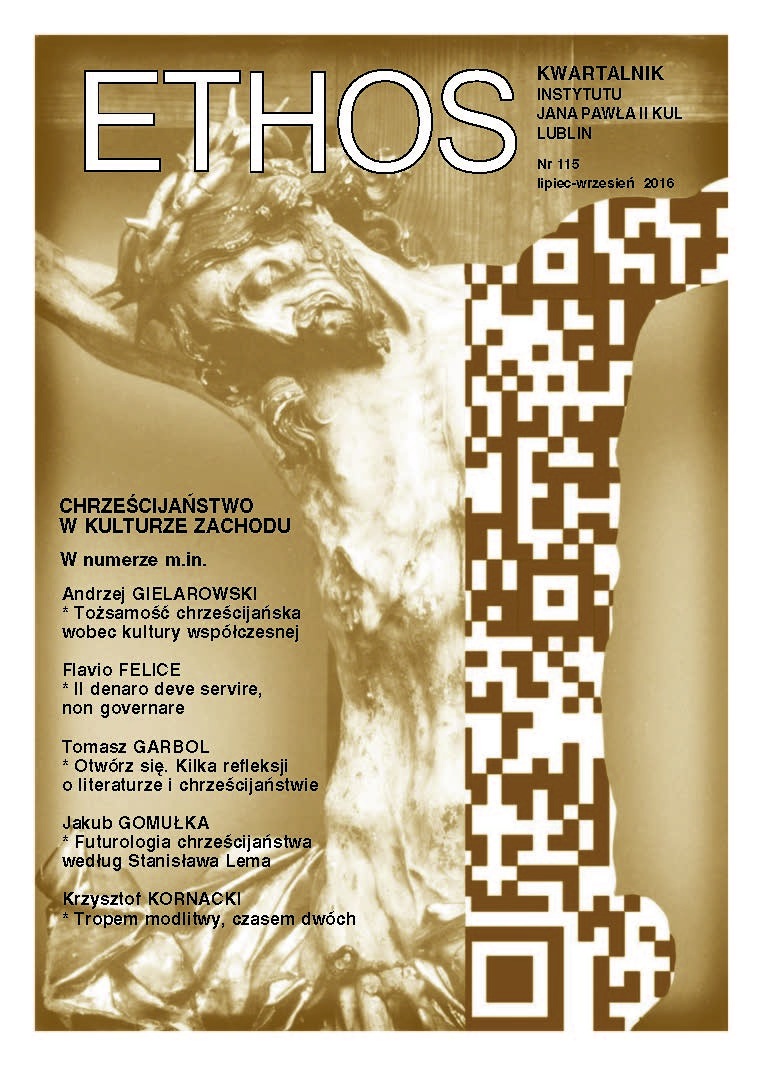
The present paper is inspired by Sławomir Kapralski’s article “Silence, Memory, Identity: The Phantasm of a ‘Gypsy’ and the Ambivalence of Modernity” (Ethos 29, no. 1 (2016): 185-202). While sharing Kapralski’s concern about the lot of the Roma, a national community present in Europe from time immemorial, the author questions Kapralski’s diagnosis of the actual political situation of the Roma. The object of the polemic is Kapralski’s arguments concerning the permanence of the memory of the Roma, the role of history as the teacher of life (which successfully competes with the Roma’s tradition—romanipen) and, last but not least, the capability (and willingness) of the Roma to participate, together with other nations, in the debate on their common future. The objective of the article is to demonstrate that the way the Roma conceive of their history is only apparently similar to that of other collectivities. While the Roma’s social memory preserves a similar permanence, they prove incapable of transforming this memory into a memory of culture. As a result, instead of drawing conclusions from their experience, the Roma tend to let this experience fade into oblivion. Their participation in the historiographic discourse largely follows similar lines. While it is the case that the history of the Roma is (symbolically) appropriated or annulled by their political environment, the responsibility for this state of affairs lies solely with the Roma themselves. Those who are absent are always in the wrong.
More...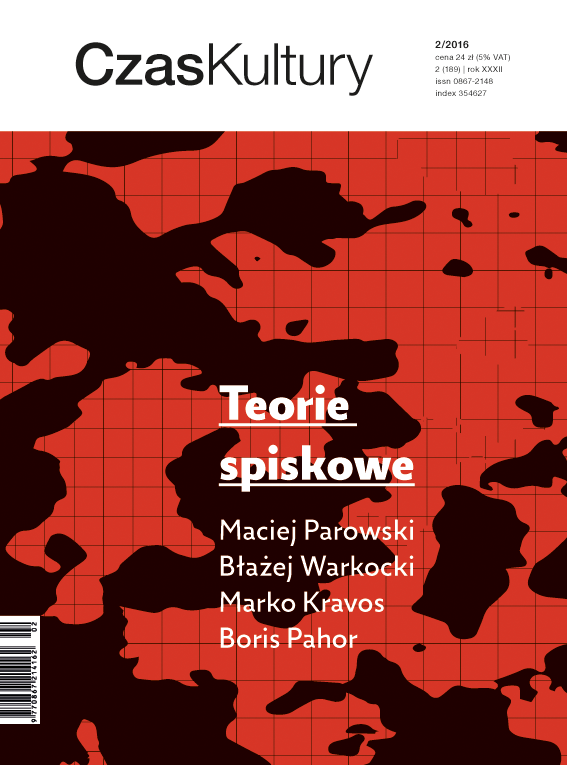
The article addresses the theme of conspiracy theories in zombie-centric narratives. The growing number of texts depicting apocalyptic visions of modern reality is not accidental, and is related to a multi-dimensional crisis that can be observed worldwide. The need for art to be involved in discourse about this crisis results in attempts to prefigure suspicions about the actions of governments. The article provides a number of different interpretations of conspiracy motifs. Also explained are the likely causes for such a high frequency of similar topos, with all claims made in the text being supported by numerous examples from European and American zombie-centric literary narratives.
More...

The starting point and the main subject of analysis is the changing status of poetry in Poland, viewed in the context of postcolonial theory. The first part of the article analyses the contemporary cultural texts in which the status of poetry has been thematised in the Polish tradition (Paweł Demirski’s art, Joanna Kos-Krauze and Krzysztof Krauze’s film Papusza, and the latest novel by Małgorzata Musierowicz). The second part presents deficiencies in the Polish humanities since 1989 in terms of their critical analyses of the restoration of capitalism, and the paradoxes resulting from these weaknesses. In the last part, two “politically incorrect” poems are reinterpreted: Szczepan Kopyto’s “Who killed Jolanta Brzeszka” and the anonymous poem “On the death of Dominik Szymański of Bieżuń”.
More...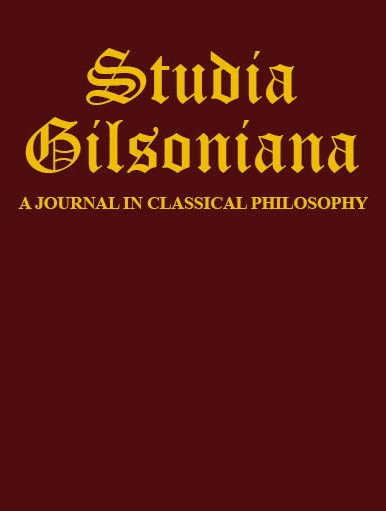
The article aims to show that the connection of the metaphysics of being with Aristotle’s philosophy of nature allows for the composition of anthropology per se which involves the concept of a person as it emerges from the two fundamental issues: the metaphysical approach to a person ontologically connected with nature, and the concept of a person as relation. The article concludes with the claim that, in Thomistic anthropology, the supernatural world of persons coexists with the natural world of persons who are subject to cosmic order and legal relations. Thus, a person’s inclusion in the framework of legal relations and its ontological liberation in the supernatural field open up the way for the social acknowledgement of the human person.
More...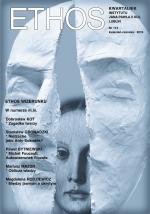
Paweł PIJAS – Prawo – sprzeciw – sumienie (Konferencja „Klauzula sumienia w kontekście etyk zawodowych”, KUL, Lublin, 5-6 XI 2015) /// Sylwia SURDYKOWSKA – „Reorientacje” (Cykl spotkań upowszechniających wiedzę o świecie Azji i Afryki, Wydział Orientalistyczny Uniwersytetu Warszawskiego–barStudio przy Teatrze Studio, Warszawa) /// Zuzanna B. GĄDZIK – Ochrona życia – nowe wyzwania (Międzynarodowa konferencja naukowa „Wartość życia. O współczesnych kontekstach czytania encykliki św. Jana Pawła II Evangelium vitae w dwudziestą rocznicę jej ogłoszenia”, KUL, Lublin, 27 XI 2015)
More...
The problem of preparation of future teachers to nurture the culture of pupils’ behavior. Characterized features role playing game as a form of organization of educational process in higher education. Examples of role playing games in the context of the problems raised.
More...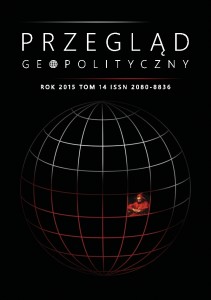
A.G. Dugina „Filozofia globalizmu – filozofia antyglobalizmu” (wg wystąpienia na konferencji poświęconej zagrożeniom globalnym, grudzień 2000 r., Moskwa)
More...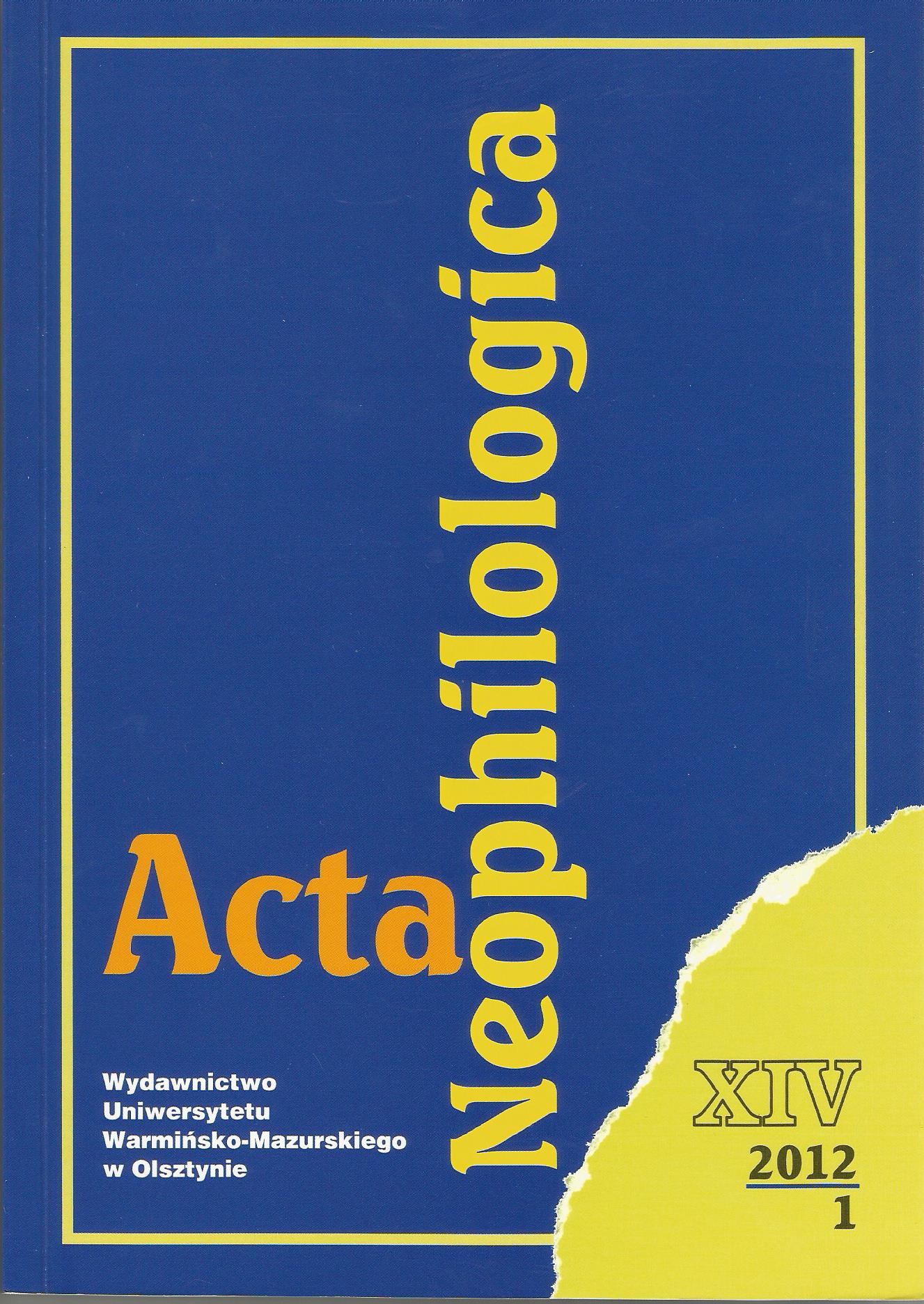
The present paper aims at an analysis of the axiological paradigm in the satirical outputof Wacław Klejmont, a poet, essayist and literary critic, locally well known in the culture ofthe Polish Warmia and Masuria. The author attempts to set a broader context of the epigramsand specifically focuses on their theological aspects that have not yet been so well exposed inthe Polish aphoristic literature.
More...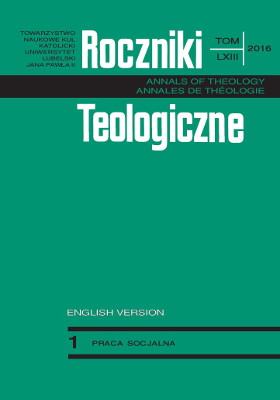
The problem of sharing psychological tests with non-psychologists concerns the sharing of chosen psychological tools with people without full psychological education. An analysis of the principles of sharing psychological tests was attempted. The Workgroup of Psychological Tests of The Polish Psychological Association (Pracownia Testów Psychologicznych Polskiego Towarzystwa Psychologicznego) makes psychological tools available in 4 categories, each of which includes various psychological tests. The issues of concern are the platform “Epsilon,” which has been recently introduced by The Workgroup of Psychological Tests, a training program, which is supposed to endorse the basics of psychometrics, or the possibility to access psychological tests from the category “for psychologists only,” given to people with a “doctor of psychology” degree. It is necessary to discuss the subject of the use of psychological tests by people without adequate psychological education. Easy access to the tests by non-psychologists can be harmful to the prestige of the psychological profession.
More...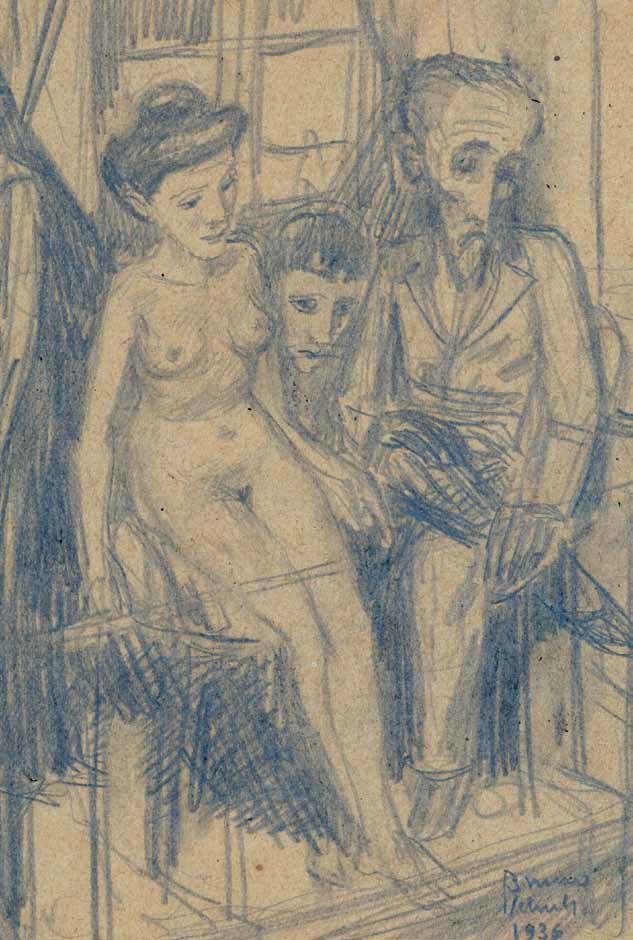
The fundamental premise of Bruno Schulz’s theory of interpretation is an assumption that reality has some meaning. This meaning is an intentional object which must be discovered in a process of creative interpretation. In Schulz’s fiction, Józef fails to become a true artist because he cannot be or does not dare to be a successful interpreter of the reality of Drogobych. The central text of Schulz’s phenomenological hermeneutics, approached by Meniok in the context of the Husserlian and Ingardenian tradition,is his programmatic essay "Mythicization of Reality" [Mityzacja rzeczywistości], where he stressed the potential of literature to activate myth as a component of reality. Thus,the writer’s task is both to endow reality with myth and to interpret myth – and consequently reality – in a creative manner.
More...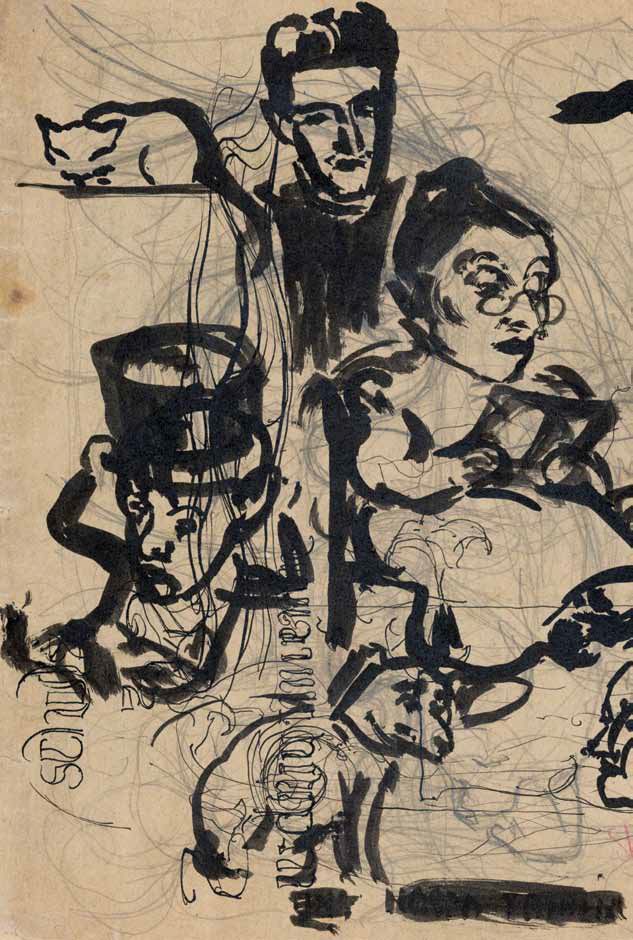
Bruno Schulz has been one of the most important Polish philosophers. It is not because one can find in his works many traces of reading philosophy or that they convey any specific philosophical ideas, but because the form of his world is one of the most interesting world forms found in Polish in the 20th century. What is the meaning of this form? Our life tends to assume fixed shapes whose durability denies it since there is a radical assymetry between the matter of life and the forms it adopts. We need these forms to deny formlesschaos but we should not accept them as ultimate. Our nature knows no peace but adoptsmany disguises and roles to find the best possible shelter, which never ends with success.Human life is permanently incomplete because it always shows us its “eternal otherness.”Never will we realize our potential in full, which does not mean that we should limit ourselves in advance. On the contrary – the more options we have, the better our life is. If reality is a sum of realized potentialities, the more of them become real, the more meaning reality will acquire. And the more meaning it has, the more effort must be put in itsinterpretation. Thus human existence can be defined as interpreting. Interpretation adds more possibilities to being since it is not a way of knowing the world, but that of being in it.
More...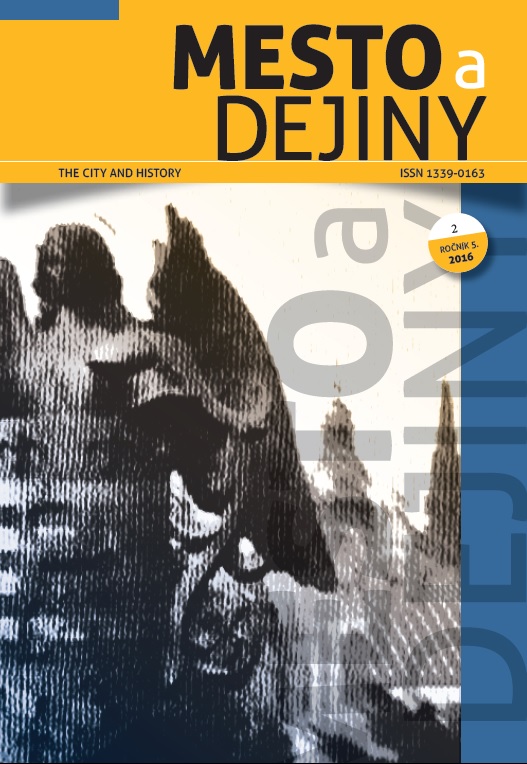
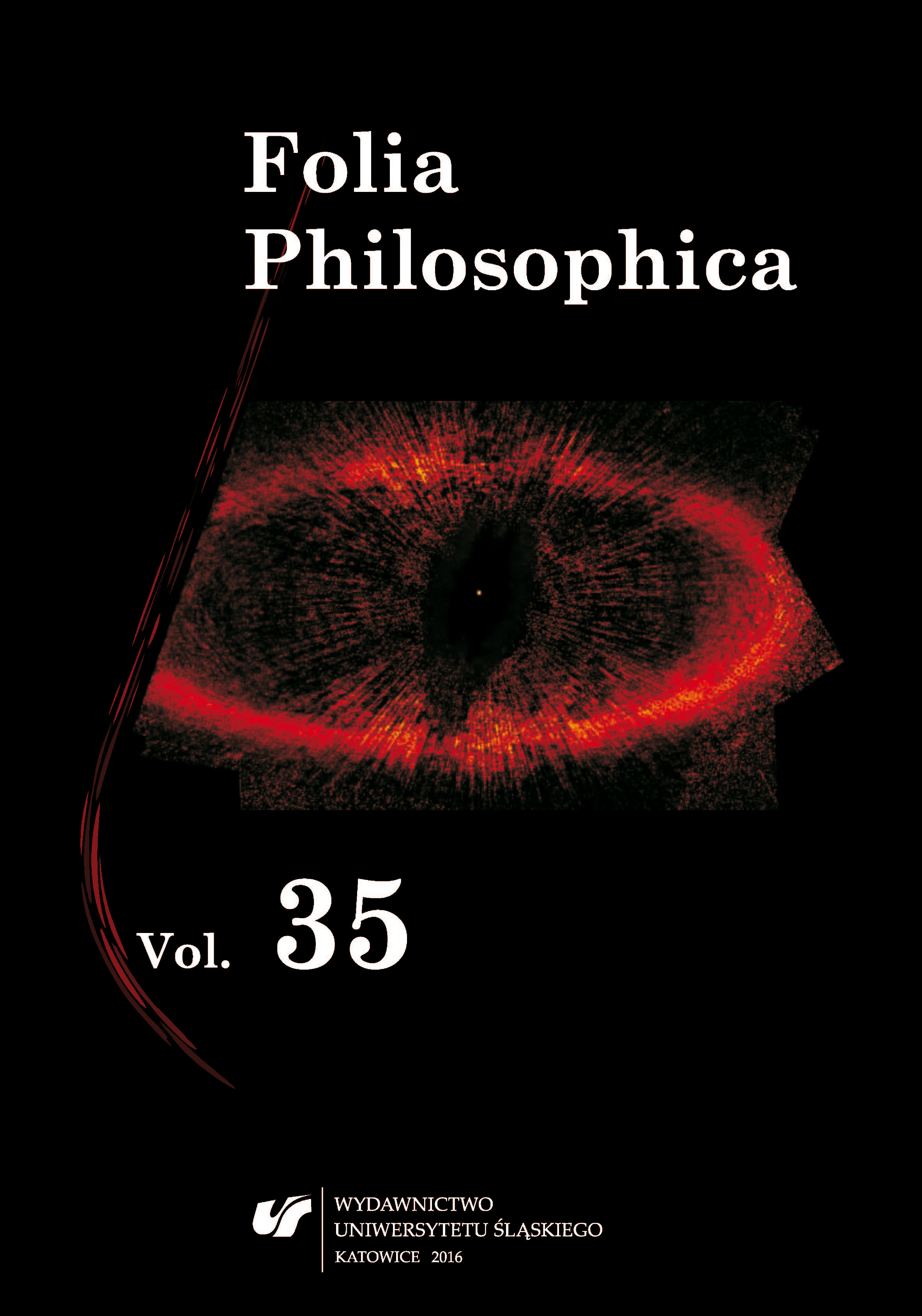
The paper discusses the perception of the philosophy of the founder of the Marburg School of Neo-Kantianism Hermann Cohen by representatives of various directions of Russian philosophy in the early 20th century. It shows the evaluation of Kant’s transcendental system by Russian philosophers. The author distinguishes three main approaches to the evaluation of Cohen’s philosophy. Representatives of Russian religious philosophy criticize mainly the ethical constructs of the Marburger Neo-Kantian. By contrast, Russian followers of Neo-Kantianism underline the importance of his efforts to provide a system of philosophy. Finally, representatives of the Russian-Jewish group focus on the philosophy of religion of the German thinker. However, the author observes that no complete and comprehensive analysis of Hermann Cohen’s system of critical idealism was undertaken in the Russian philosophy of the early 20th century.
More...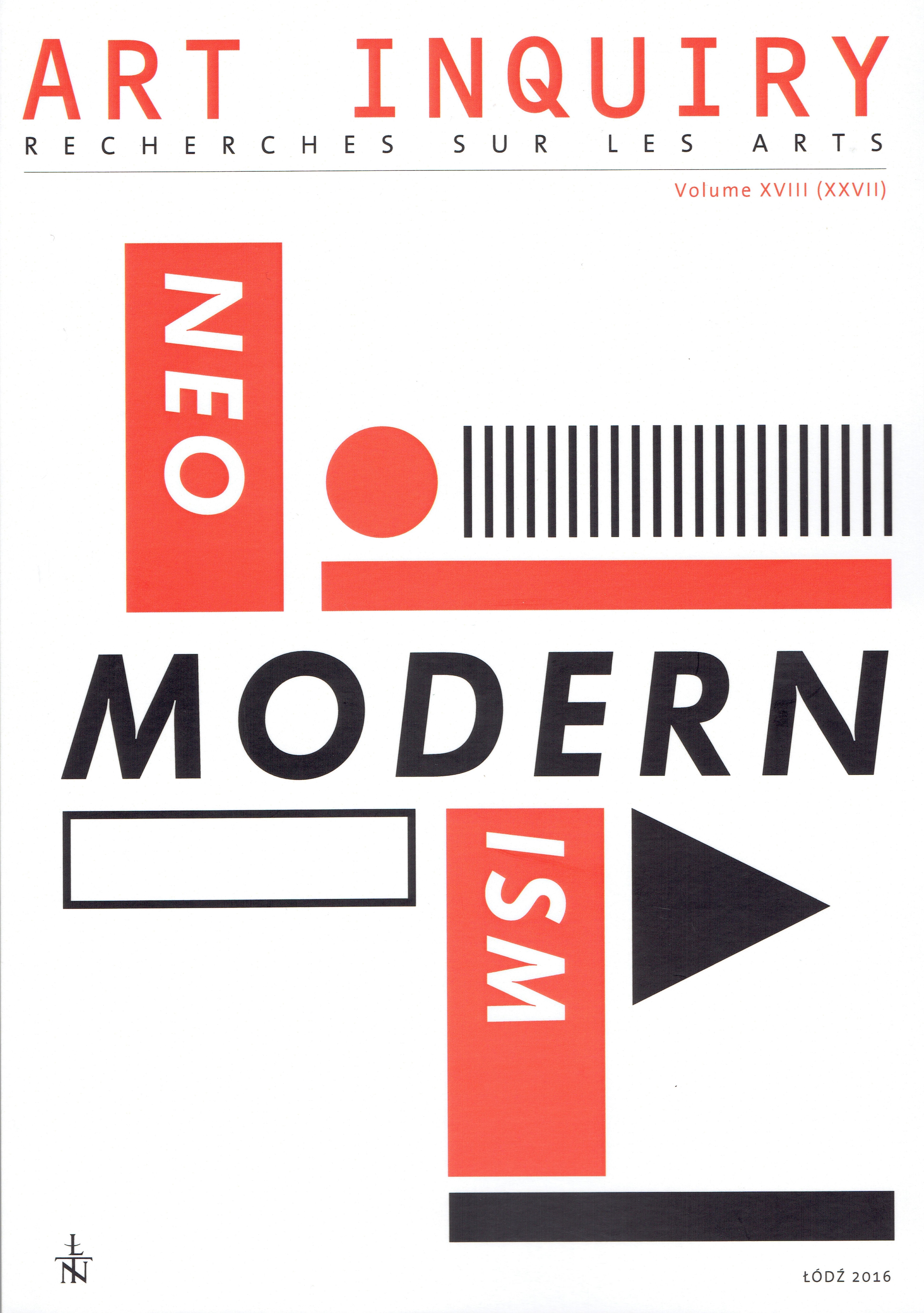
This article presents two characters from the Greek mythology: Narcissus and Pygmalion. They are two different symbols of human destiny, who share a hyperactive attitude towards unreality/fiction. In their case, what exists loses the dispute over existence with what does not exist. Contrary to Narcissus, who is the victim of this dispute, Pygmalion is its beneficiary. Narcissus loses the dispute, because he is fulfilled in contemplation; Pygmalion wins, as he has managed to make his life a part of an aesthetic experience.
More...
The structural transformation of the Habermasian public sphere from the salons to the streets is directly related to understanding the boundaries of the city and the dynamics among its inhabitants today. The process of “transnationalization” via the mass media results in further “deterritorialization”, which brings with it the ambivalence of locality and universality within the same city. As the “counter-publics” continue to lack material means to rational-critical debate in envisioning the links between the city and its inhabitants, questions remain on what institutional arrangements can best facilitate participatory parity among the citizens. Joanna Rajkowska’s Minaret (2009-2011) bears a critical relationship to the city of Poznań as a site of play upon heritage, time-space relations, as well as religion. Who is the city really for – the inhabitant, the investor… the artist? Following Lefebvre’s definition and work conducted by such organizations as the UN-Habitat (2005), “the right to the city” suggests that all urban dwellers are equal participants. Does Rajkowska’s Minaret employ the best means that can ignite counter-public mobilization for Muslim minorities in Poznań, or does it simply make itself a victim to the postmodern Other?
More...